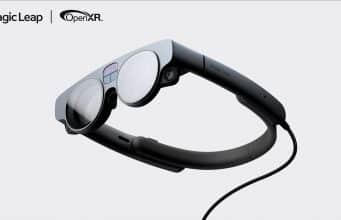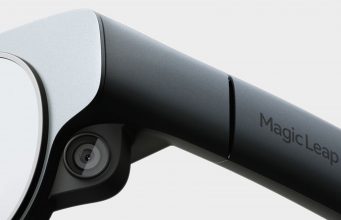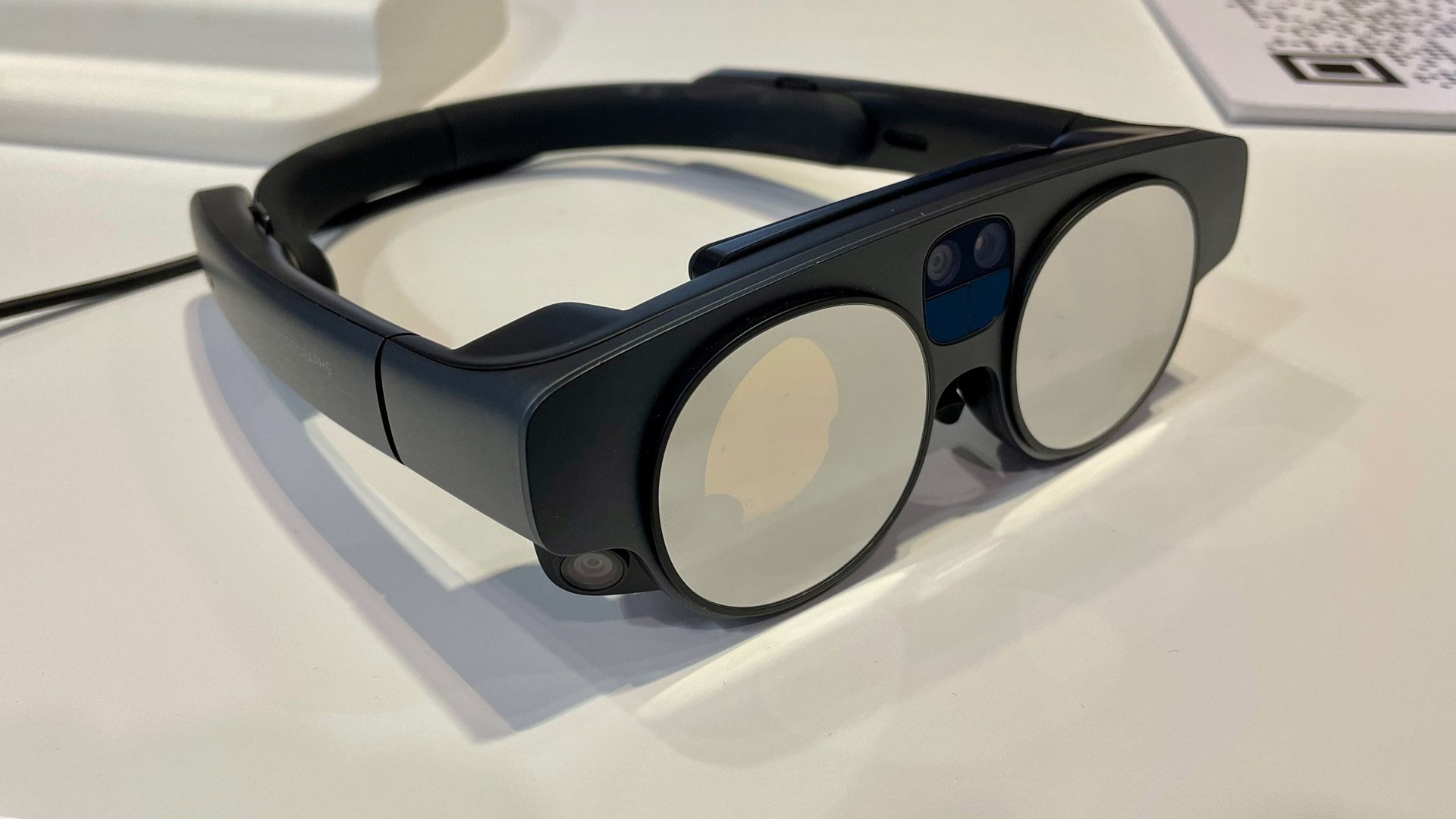Magic Leap 2 Update Claims Vastly Improved Hand-tracking, Biometric ID, & More
A major update to Magic Leap 2 claims to improve many of the device’s core capabilities.
With all that’s happened in the XR space recently, it’s hard to believe that Magic Leap 2 has hardly been out for more than a year. The company continues to support and improve the device, including a major update released today (v1.4.0) which claims to improve a wide range of core capabilities.
Hand-tracking & Positional-tracking Improvements
The most notable, perhaps is the claimed “six times” improvement in hand-tracking accuracy, alongside a 10% reduction in latency. Although the device ships with a single controller, hand-tracking is the most accessible way to interact with the device, making this a very meaningful improvement.
Additionally, the company says the headset’s positional tracking has been improved, allowing virtual content to more convincingly stay locked to the real world. Specifically the company claims a “63% improvement on average (e.g. if the error was 2 cm when walking 2 meters, it is now 0.74 cm).”
This enhancement is thanks to “improvements in [real-time] calibration,” and the company says this could have knock-on improvements for other systems that rely on the headset’s camera tracking.
Biometric Unlocking and Authentication
The Magic Leap 2 v1.4.0 update also rolls out improvements for what the company calls “Iris ID”—an authentication method based on eye-recognition. The update allows users to unlock their headset with their uniquely recognized eye-scan, and developers can use the same system to authenticate and log-in to third-party applications.
Biometric ID is just one of many potential features that make eye-tracking a game-changer for XR devices.
Improved Casting and Capturing
Today’s update improves the headset’s ability to cast and capture what’s happening in the headset for sharing with others. Details on the exact changes are slim at the moment, with the company only noting:
- Improves video stream sharing from the Magic Leap Hub
- Improves the user experience for Capture
- Removes artifacts in the third eye, improves opacity, and applies settings, across all third eye streams
- Adds additional aspect ratio to support standard miracast resolutions
But it’s clear the company recognizes the importance of sharing the view of what’s happening in the headset. “Effective, high-quality capture capabilities are essential for educating and winning over new audiences, creating compelling content, and maximizing enterprise value,” the company says.
Developer Improvements
The update also adds a range of improvements to make it easier for developers to work with the headset. Specifically Magic Leap says it’s focused on improving debugging capabilities.
We’re introducing debugging and profiling tools that provide developers with more actionable information to test and optimize their applications and setups.
These tools support faster development of more reliable, valuable, and sophisticated AR solutions for enterprise. They will enable developers and partners to self-service their app debugging on user-build secure devices. Developers will be able to run profiling tools, decipher logs, and determine if a problem exists within the application or the OS.
Additionally, the update opens up developer access to the headset’s magnetometer—a digital compass which tells the direction the headset is facing—allowing developers and users to calibrate the heading for their specific situation. This is important for world-relative applications like AR navigation.
– – — – –
You can find the full update details in the Magic Leap 2 v1.4.0 release notes here.
Magic Leap 2 Update Claims Vastly Improved Hand-tracking, Biometric ID, & More Read More »



